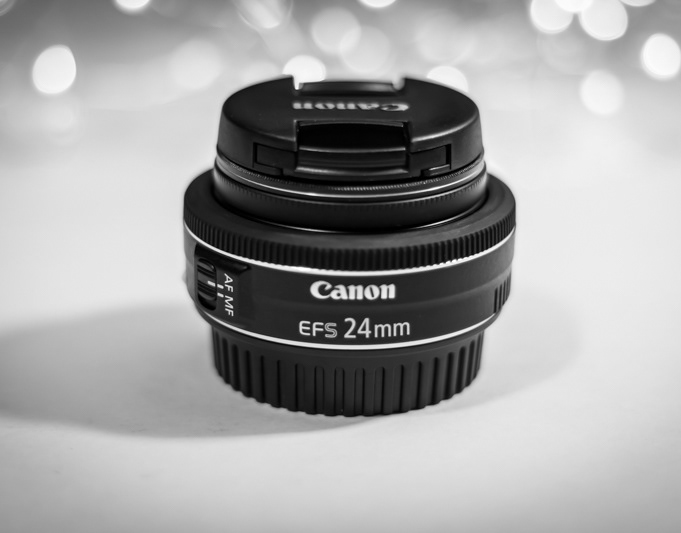Unlocking the Art of Capturing Moments
Photography is an incredible medium that allows us to freeze moments in time, preserving memories and evoking emotions. Whether you're an amateur shutterbug or aspiring professional, understanding the basic principles of photography is essential to improve your skills and capture stunning images. So, let's delve into the fundamental principles that will help you unlock the art of photography.
Composition
Composition
The arrangement of elements within the frame is the foundation of a captivating photograph. Consider the rule of thirds, where you imagine the frame divided into nine equal parts by two horizontal and two vertical lines. Position your subject along these lines or at their intersection points to create a balanced and visually pleasing composition. Experiment with leading lines, symmetry, and the placement of subjects to add depth and interest to your photos.
Lighting
Light is the lifeblood of photography. Understanding how to utilize it effectively will transform your images. The quality, direction, and intensity of light greatly impact the mood and atmosphere of a photograph. Natural light, such as the warm glow of sunrise or the dramatic shadows of sunset, can add depth and texture to your subject. Experiment with different lighting conditions and consider using reflectors, diffusers, or artificial lighting sources to control and manipulate light to your advantage.
Exposure
Exposure
Exposure refers to the amount of light that reaches the camera's sensor. It directly affects the brightness and overall tonal range of your image. Achieving proper exposure is crucial for capturing details in both the highlights and shadows. Balancing three essential elements—aperture, shutter speed, and ISO sensitivity—will help you achieve the desired exposure. Aperture controls the amount of light entering the lens, shutter speed determines the duration of the exposure, and ISO sensitivity adjusts the sensor's responsiveness to light.
Focus and Depth of Field
Focus and Depth of Field
Selective focus can be a powerful tool to draw attention to your subject. Mastering focus techniques allows you to control what is sharp and what is blurred in your photograph. Experiment with different focus points and depth of field settings to create a sense of depth and highlight specific areas within your frame. Shallow depth of field, achieved with a wide aperture, isolates the subject from the background, while a narrow aperture can ensure sharpness throughout the entire frame.
Perspective and Angle
Perspective and Angle
The perspective and angle from which you capture your subject greatly influence the story and impact of your photograph. Experiment with various viewpoints—such as shooting from a low or high angle or trying different vantage points—to add interest and uniqueness to your images. Don't be afraid to get close or move around your subject to find the most compelling perspective that tells your intended story.
White Balance
White Balance
White balance refers to the color temperature of the light illuminating your scene. Different light sources emit light with varying color temperatures, which can result in images with a warm (orange/yellow) or cool (blue) cast. Setting the correct white balance ensures accurate colors in your photographs. Use the camera's auto white balance setting or manually adjust it based on the lighting conditions to maintain the natural color tones.
Composition and Negative Space
Composition and Negative Space
Composition isn't just about what you include in the frame but also what you exclude. Negative space refers to the empty or unoccupied areas in a photograph. It helps to emphasize the subject, create balance, and evoke a sense of calmness. Experiment with negative space by leaving areas of your frame intentionally empty, allowing the viewer's attention to focus solely on the subject.
Timing and Patience
Timing and Patience
Photography often requires patience and perfect timing. Anticipating and capturing decisive moments can lead to extraordinary images. Whether it's freezing the action of a sports event or capturing the perfect expression on a subject's face, being alert and ready to click.

